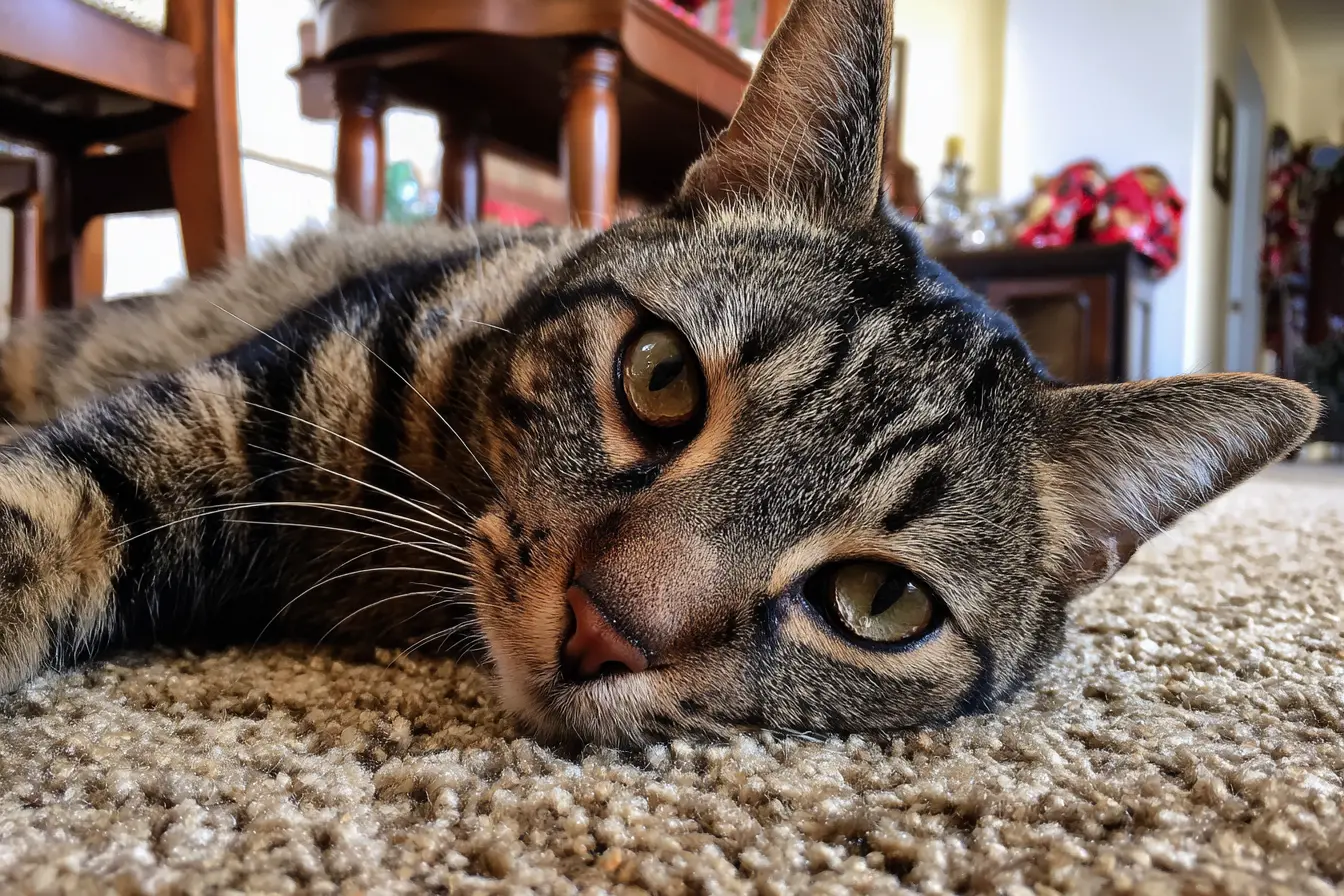
How to Stop Your Cat Scratching Excessively
Scratching is a natural and necessary behaviour for cats. It helps them stretch their muscles, mark territory, and keep their claws sharp and healthy. However, when scratching becomes excessive or destructive — especially if your cat is damaging furniture, carpets, or even themselves — it’s important to understand the cause and how to redirect the behaviour appropriately.
This guide covers everything cat owners need to know about excessive scratching, from identifying triggers to effective, humane solutions.
Understanding Why Cats Scratch
Scratching serves several important purposes for cats:
- Sharpening claws by removing outer claw sheaths
- Marking territory using scent glands in their paws
- Stretching muscles and relieving tension
- Exercising and stimulating their bodies and minds
- Communicating stress, excitement, or a need for attention
It’s not something you can or should eliminate entirely — but you can redirect it and manage it effectively.
Types of Excessive Scratching
There are two broad categories:
- Destructive scratching of objects (e.g. furniture, carpets, walls)
- Excessive self-scratching (which may indicate a medical issue)
Each has different causes and solutions. Let’s look at both.
If Your Cat Is Scratching Furniture or Other Items
Provide Appropriate Scratching Surfaces
One of the most common reasons cats scratch furniture is that they simply don’t have suitable alternatives.
Tips:
- Offer multiple scratching posts or boards throughout your home
- Choose materials cats love to scratch: sisal, cardboard, or wood
- Ensure scratching posts are tall enough for a full stretch (at least 60–90cm) and sturdy
- Try both vertical and horizontal scratchers to see which your cat prefers
- Place scratchers near commonly scratched areas and high-traffic zones
Encourage Use of Scratchers
- Sprinkle catnip or silvervine on new scratching posts
- Use treats or toys to lure your cat to the post
- Reward your cat with praise or treats when they use it
- Gently place your cat’s paws on the post to demonstrate (don’t force)
Protect Your Furniture
- Use furniture protectors like scratching guards or clear plastic sheets
- Apply double-sided tape (cats dislike sticky textures)
- Use scent deterrent sprays (test on a small patch first)
- Keep nails trimmed to reduce damage from scratching
Never Punish Your Cat
Shouting, spraying water, or physical punishment will not stop scratching — it will only stress your cat and damage your bond. Focus on redirecting and rewarding desired behaviour.
Enrich Your Cat’s Environment
Cats scratch more when bored or frustrated. Make sure your cat has:
- Daily play sessions (interactive toys like feather wands and laser pointers)
- Climbing and perching spaces (cat trees, shelves)
- Mental stimulation (puzzle feeders, training games)
- Routine and predictability (feeding and play at consistent times)
If Your Cat Is Scratching Themselves Excessively
Self-scratching — especially around the head, ears, neck, or body — may be a sign of a health issue and should not be ignored.
Common Causes Include:
- Fleas or parasites (e.g. mites, ticks)
- Allergies (to food, dust, pollen, cleaning products)
- Skin infections (bacterial or fungal)
- Ear problems (ear mites, infections)
- Stress or anxiety
- Over-grooming due to compulsive behaviour
What You Should Do
- Inspect their skin and coat: Look for redness, scabs, hair loss, flea dirt, or signs of irritation.
- Check for parasites: Use a flea comb and examine the ears for dark wax or discharge.
- Visit your vet: If the scratching is persistent, intense, or causes visible damage, book an appointment. Your vet may perform skin tests, recommend flea treatment, or suggest allergy management.
- Follow through with treatment: This may include medicated shampoos, anti-parasitic treatments, antihistamines, or special diets.
Addressing Stress-Related Scratching
If no physical cause is found, anxiety or boredom may be to blame. Support your cat with:
- A calm, stable home environment
- Safe hiding spots and quiet spaces
- Regular play and bonding time
- Synthetic feline pheromone diffusers (e.g. Feliway) to reduce stress
- Enrichment and puzzle toys
In some cases, a behaviourist may be needed to help identify stressors and create a personalised plan.
Nail Trimming and Claw Maintenance
Regular trimming of your cat’s claws can help reduce damage from scratching and prevent nails from becoming overgrown or embedded.
Tips for trimming:
- Use cat-specific nail clippers
- Trim every 2–4 weeks
- Only trim the sharp tip (avoid the pink “quick” inside the nail)
- Start slowly and use treats to build positive associations
- Ask your vet or groomer for help if unsure
Note: Declawing is illegal and inhumane in the UK — it’s equivalent to amputating the last joint of each toe and causes lifelong pain and behavioural problems.
Final Thoughts
Scratching is normal, but excessive or destructive scratching needs attention. Whether it’s your furniture under attack or your cat scratching themselves raw, the key is to understand the cause and respond with patience and care.
By providing appropriate outlets, enriching your cat’s environment, and addressing health issues promptly, you can redirect scratching behaviour and improve your cat’s overall wellbeing.
Related Vets
Vets near you
Speciality vets
- Aquatics vet specialists
- Birds vet specialists
- Camelids vet specialists
- Cats vet specialists
- Cattle vet specialists
- Deer vet specialists
- Dogs vet specialists
- Equines vet specialists
- Exotic vet specialists
- Goats vet specialists
- Pigs vet specialists
- Poultry vet specialists
- Sheep vet specialists
- Small Mammals vet specialists
- Wild vet specialists











